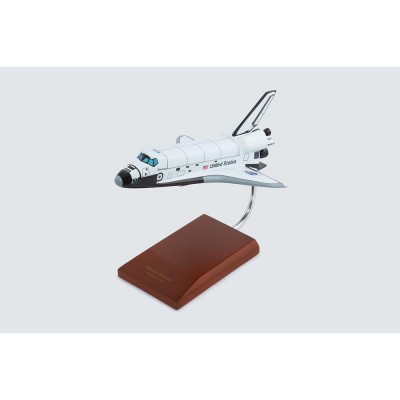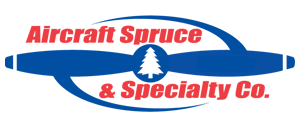FREE SHIPPING ON ORDERS OVER $350 (USA ONLY - SOME EXCLUSIONS APPLY) | 877-4-SPRUCE
Orbiter (M) Model
$149.75/Each
Part# 13-11088
MFR Model# KYNASAOT
MFR Model# KYNASAOT
Overview
|
NASA had many successful space missions and programs, including over 150 unmanned missions and many space flight missions, most notably the space mission on Mars. NASA probes have been continually performing science at Mars since 1997, with at least two orbiters since 2001 and several Mars rovers. The orbiting Mars Odyssey and Mars Reconnaissance Orbiter will continue monitoring the geology and climate of the Red Planet and will continue searching for evidence of water and life presence, as they have since 2001 and 2006. The cockpit houses the pressurized crew module and it provides support for the nose section, nose gear and the nose gear wheel well and doors. The crew station consists of the flight deck, middle deck/equipment bay and an airlock. The flight deck permits the vehicle to be piloted from either seat and permits one-man emergency return while the middle deck contains provisions and stowage facilities for four crew sleep stations. The Orbiter is both the brains and heart of the Space Transportation System. About the same size and weight as a DC-9 aircraft, the Orbiter contains the pressurized crew compartment,the huge cargo bay and the three main engines mounted on its aft end and a midfuselage that supports the payload bay of the Orbiter. |
WARNING: Cancer and Reproductive Harm - www.P65Warnings.ca.gov. |
Q&A
Please note, Aircraft Spruce's personnel are not certified aircraft mechanics and can only provide general support and ideas, which should not be relied upon or implemented in lieu of consulting an A&P or other qualified technician. Aircraft Spruce assumes no responsibility or liability for any issue or problem which may arise from any repair, modification or other work done from this knowledge base. Any product eligibility information provided here is based on general application guides and we recommend always referring to your specific aircraft parts manual, the parts manufacturer or consulting with a qualified mechanic.








 FREE Shipping
FREE Shipping

